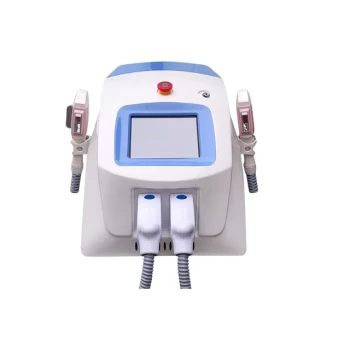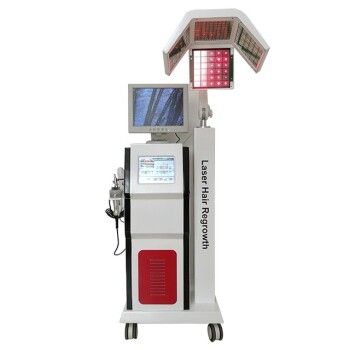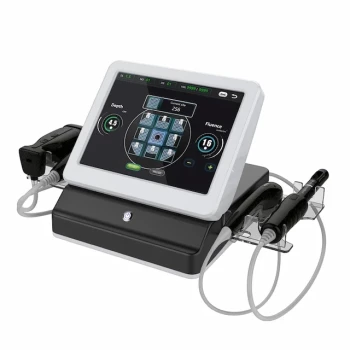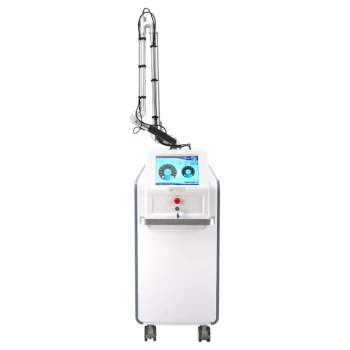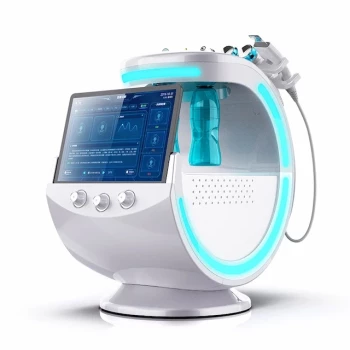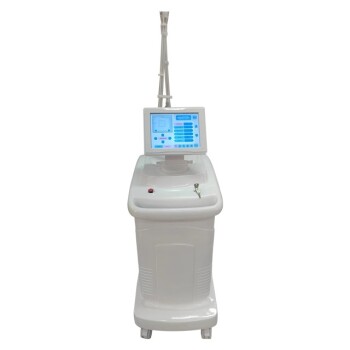If you're not seeing results from your IPL treatments, the most common reason is that the treatment is underpowered. This can happen because the energy setting is too low for your specific skin and hair type, or because the device itself—especially an at-home unit—is not capable of delivering sufficient energy. For Intense Pulsed Light (IPL) to work, it must generate enough heat in the target pigment to be effective, and a failure to do so means you are simply going through the motions without achieving a result.
The success of IPL is not a matter of chance; it is a science based on a precise formula. A lack of results almost always points to a mismatch between the light energy delivered, your unique biological characteristics (skin and hair color), and the treatment timing.

How IPL Actually Works
To understand why your treatments might be failing, you first need to understand the fundamental principle of how IPL is designed to work.
The Principle: Light into Heat
IPL technology is based on a principle called selective photothermolysis. In simple terms, this means using light (photo) to create heat (thermo) to destroy (lysis) a specific, selected target.
The device emits a broad spectrum of intense light, which is absorbed by dark pigment (melanin) in your hair follicles or skin spots. This light energy instantly converts to heat.
The Target: Melanin
The entire process hinges on the presence of melanin. The light energy needs this dark pigment to absorb it. Without a sufficient color contrast between the target (dark hair) and the surrounding area (lighter skin), the energy has nowhere to go or, worse, goes into the wrong place.
The Goal: Disabling the Target
For hair removal, the goal is to generate enough heat within the follicle to damage the structures responsible for hair growth. For pigmented lesions like sun spots, the heat shatters the melanin particles, which are then cleared away by the body. If the heat is insufficient, the target is merely warmed, not disabled, and no visible change occurs.
The Critical Factors for IPL Success
Achieving the right amount of targeted heat depends on several interconnected factors. A failure in any one of these can lead to poor or no results.
Factor 1: The Right Color Contrast
IPL works best on dark hair and light skin. This provides the ideal contrast, allowing the light to be strongly absorbed by the hair follicle while being mostly reflected by the skin.
This is why IPL is largely ineffective on very light blonde, red, or grey hair—there isn't enough melanin to serve as a target. It is also why treating dark skin is challenging; the high melanin content in the skin competes with the hair for light absorption, increasing the risk of burns and requiring lower, often less effective, energy settings.
Factor 2: The Correct Power Setting (Fluence)
As noted, the energy level (fluence) is critical. An operator, or the safety limits of an at-home device, might select a power setting that is too low.
This is often done out of an abundance of caution to prevent burns, especially if your Fitzpatrick skin type (a scale that classifies skin color and its reaction to UV light) has been incorrectly assessed. A setting that is too "safe" will also be completely ineffective.
Factor 3: A Consistent Treatment Schedule
Hair grows in cycles: the anagen (active growth), catagen (transitional), and telogen (resting) phases. IPL is only effective when the hair is in the anagen phase, as this is when the hair is physically connected to the follicle's growth structures.
Because only a fraction of your hair is in this phase at any given time, multiple sessions are non-negotiable. Treatments must be spaced correctly (typically 4-6 weeks apart) to catch each follicle as it enters the growth phase. Inconsistent or poorly timed sessions will produce patchy, unsatisfactory results.
Factor 4: The Quality of the Device
There is a significant difference between a professional, medical-grade IPL machine and a typical at-home device. Professional systems can deliver much higher energy levels, have sophisticated cooling systems to protect the skin, and use filters to refine the light spectrum for specific treatments.
At-home devices are designed with safety as the top priority, meaning their maximum power output is inherently limited. While convenient, they require more sessions and may never achieve the same level of reduction as a professional treatment, especially on stubborn hair.
Understanding the Trade-offs and Common Pitfalls
Navigating IPL treatment involves being aware of potential issues that can derail your progress.
At-Home vs. Professional Devices
The primary trade-off is efficacy versus convenience. At-home devices offer privacy and a lower upfront cost but deliver lower power, leading to a longer treatment timeline and potentially less permanent results. Professional treatments are more powerful and effective but require a greater investment of time and money.
The Risk of Under-treatment
This is the most common pitfall. A technician may use settings that are too low out of inexperience or fear of causing a burn. With at-home devices, you might choose a lower setting for comfort. In either case, under-treatment feels like you're doing something, but you are not delivering enough energy to create a biological change.
Mismatched Expectations
It is crucial to understand that IPL provides permanent hair reduction, not 100% permanent hair removal. Successful treatment can reduce hair by 70-90%, but most people will require occasional maintenance sessions once or twice a year to manage any regrowth.
How to Get the Results You Want
Use this knowledge to take control of your treatment plan and troubleshoot poor results.
- If you are undergoing professional treatments: Start a conversation with your provider. Ask them about the machine they use, your Fitzpatrick skin type, and the energy settings they are applying. A knowledgeable practitioner should be able to explain their rationale and adjust the plan.
- If you are using an at-home device: Double-check that your natural hair and skin color are compatible with the device. Be rigorously consistent with your treatment schedule and use the highest energy setting that is comfortable and safe for your skin tone.
- If you have light hair or darker skin: Recognize that IPL may not be the best technology for you. Inquire about laser treatments, such as Alexandrite for lighter skin tones or Nd:YAG, which is specifically designed to be safer and more effective for darker skin.
By understanding the science, you can become an active partner in your treatment and ensure your investment leads to the results you expect.
Summary Table:
| Common IPL Failure Reasons | Key Solutions |
|---|---|
| Underpowered energy settings | Use higher, safe fluence levels |
| Poor skin/hair color contrast | Ensure dark hair & light skin |
| Inconsistent treatment schedule | Follow 4-6 week intervals |
| Low-quality or at-home device | Consider professional-grade equipment |
Struggling with ineffective IPL treatments? BELIS specializes in professional medical aesthetic equipment designed for clinics and premium salons. Our high-power IPL systems deliver the precise energy needed for real results, overcoming the limitations of at-home devices. Let us help you achieve superior hair reduction and skin rejuvenation. Contact our experts today for a personalized solution!
Visual Guide
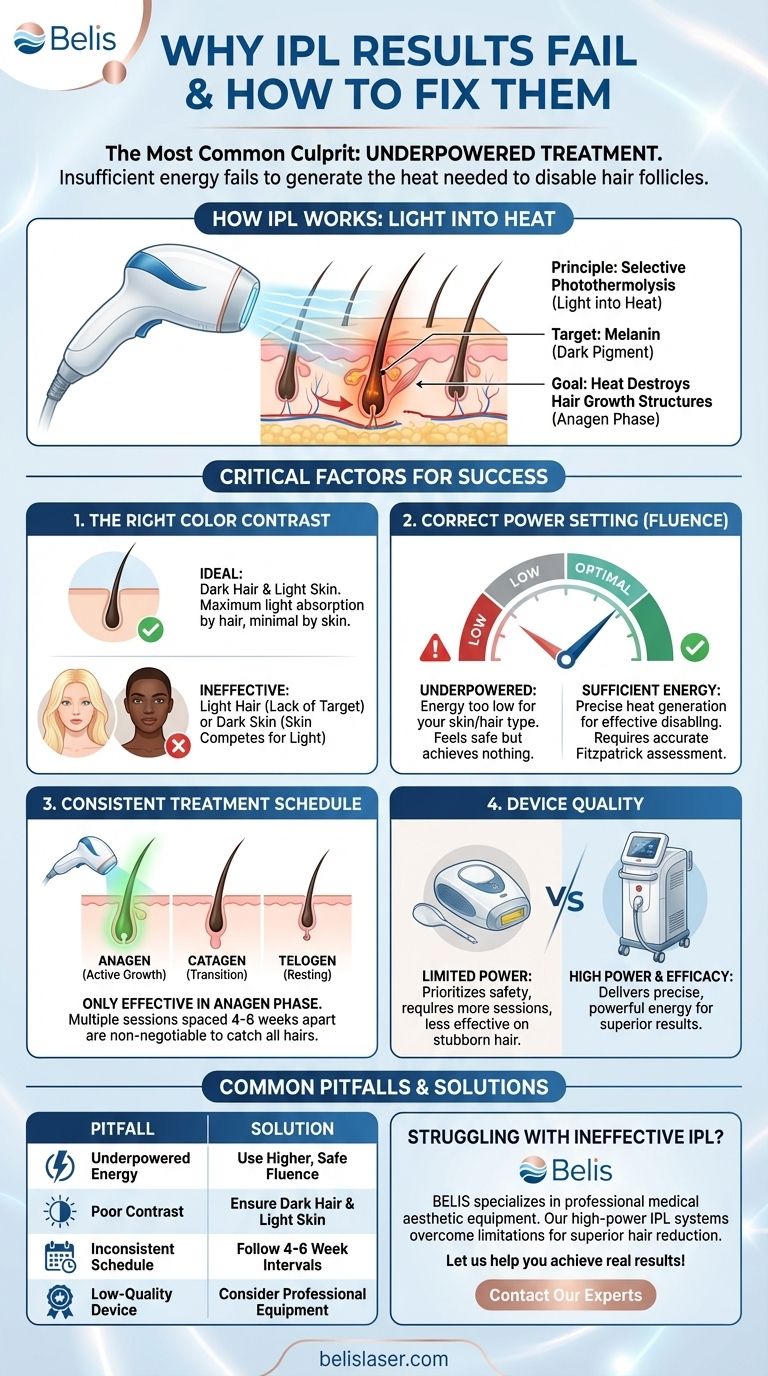
Related Products
- IPL SHR Hair Removal Machine for Permanent Hair Removal
- Clinic Use IPL and SHR Hair Removal Machine with Nd Yag Laser Tattoo Removal
- IPL SHR+Radio frecuency machine
- Trilaser Diode Hair Removal Machine for Beauty Clinic Use
- Clinic Diode Laser Hair Removal Machine with SHR and Trilaser Technology
People Also Ask
- How quickly do you see IPL results? A Realistic Timeline for Clearer Skin
- Can IPL be used on all skin types? Understanding Risks for Darker Skin Tones
- Who should not use IPL? Key Contraindications for Safe Skin Treatment
- Does IPL hair removal really work? Unlock Long-Term Hair Reduction with Science
- Does IPL hair removal actually work? Achieve Long-Term Hair Reduction
